Home>Ideas and Tips>Smart Lock Touchscreen Keypad and Weather-Resistant Entry System
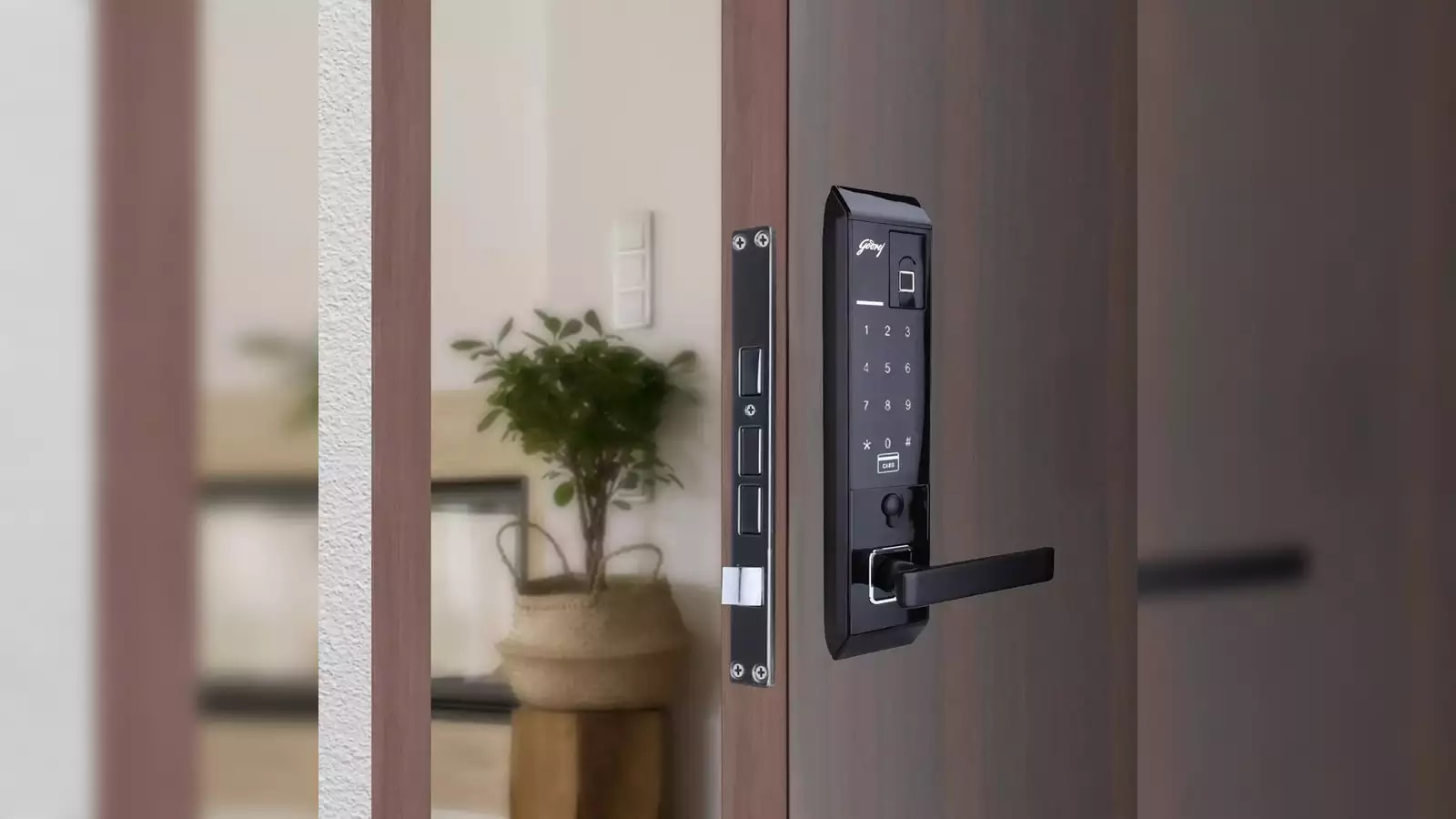

Ideas and Tips
Smart Lock Touchscreen Keypad and Weather-Resistant Entry System
Published: September 3, 2024
Enhance your home's security with a Smart Lock Touchscreen Keypad. Weather-resistant, easy to install, and packed with advanced features for ultimate convenience.
(Many of the links in this article redirect to a specific reviewed product. Your purchase of these products through affiliate links helps to generate commission for Storables.com, at no extra cost. Learn more)
In today's world of advanced home security, smart locks have become a staple for homeowners seeking to enhance their property's protection and convenience. Among the various types of smart locks available, the touchscreen keypad weather-resistant entry system stands out for its innovative features and robust design. This article will delve into the details of these systems, highlighting their key benefits, installation process, and how they can be integrated into your home's security setup.
Introduction to Smart Locks
Smart locks are electronic locks that can be controlled using a smartphone app, keycard, or even voice commands. They offer a range of features that traditional locks cannot match, including keyless entry, biometric authentication, and remote monitoring. The integration of these locks with home automation systems allows for seamless control over various aspects of your home's security and convenience.
Key Features of Touchscreen Keypad Weather-Resistant Entry Systems
-
Touchscreen Interface
- The primary feature of these systems is the touchscreen interface. This interface allows users to input codes or passwords using a simple and intuitive keypad. The touchscreen is designed to be user-friendly, making it easy for anyone to operate, regardless of their technical expertise.
-
Weather Resistance
- One of the most significant advantages of these systems is their weather resistance. Built with durable materials such as zinc or stainless steel, these locks can withstand extreme temperatures and harsh weather conditions. This ensures that your home remains secure even during heavy rain or snowstorms.
-
Anti-Peeping Password
- The anti-peeping password feature ensures that your password remains secure from prying eyes. This is particularly useful in high-security environments where unauthorized access is a significant concern. The system uses a combination of fixed and virtual digits to create a robust password that is difficult to guess.
-
Multiple Passcodes
- These systems often support multiple passcodes, including admin and user passwords. This allows for flexible access control where different individuals can have their own unique codes. For instance, you might have one code for family members and another for guests or service providers.
-
Battery Low Alert
- To ensure continuous operation, these locks come equipped with a battery low alert system. When the battery level drops below a certain threshold, the system alerts the user via notifications or lights on the lock itself. This feature ensures that you never find yourself locked out due to dead batteries.
-
Easy Installation
- One of the most appealing aspects of these systems is their ease of installation. Designed to fit various door thicknesses (from 1-3/8" to 2-1/8"), these locks can be installed in just a few minutes without requiring extensive technical knowledge. The universal design makes it compatible with both left and right doors, adding to its convenience.
-
Additional Features
- Some models may include additional features like fingerprint readers or remote unlocking capabilities via infrared remotes or smartphone apps. These features enhance the overall security and convenience of the system.
Installation Process
Installing a touchscreen keypad weather-resistant entry system is relatively straightforward and can be completed by most homeowners without professional assistance. Here’s a step-by-step guide:
-
Prepare Your Door
- Before starting the installation, ensure that your door is free from any obstructions or old lock mechanisms. Clean the area where the new lock will be installed.
-
Measure Your Door
- Measure the thickness of your door to ensure that the new lock fits properly. Most locks come with adjustable backsets (2-3/8" or 2-1/8") to accommodate different door sizes.
-
Remove Old Lock
- If you’re replacing an existing lock, remove it carefully without damaging the surrounding area.
-
Install New Lock
- Follow the manufacturer’s instructions for installing the new lock. Typically, this involves attaching the lock body to the door using screws provided and aligning it with the backset specified.
-
Program Passcodes
- Once installed, program your desired passcodes using the touchscreen interface provided by the system.
-
Test Functionality
- After installation, test all functions of the lock including unlocking with various passcodes and ensuring that it works smoothly under different conditions.
Integration with Home Automation Systems
Smart locks can be seamlessly integrated into home automation systems for enhanced control over your home's security and convenience. Here’s how you can integrate these systems:
-
Connect via Bluetooth or Wi-Fi
- Most modern smart locks come equipped with Bluetooth or Wi-Fi connectivity options that allow them to communicate with your smartphone app or central hub of your home automation system.
-
Control via App
- Using an app on your smartphone or tablet, you can control various aspects of your home's security including locking/unlocking doors remotely, monitoring activity logs, receiving notifications about battery levels or unauthorized access attempts.
-
Voice Commands
- Some smart locks are compatible with voice assistants like Amazon Alexa or Google Assistant which enable voice commands for controlling locks without needing to physically interact with them.
-
Automated Scenarios
- Home automation systems allow you to create automated scenarios where specific actions are triggered based on certain conditions such as arrival/departure times or specific events like opening/closing curtains.
Benefits of Using Smart Locks
-
Enhanced Security
- Smart locks offer advanced security features such as biometric authentication (fingerprint readers), anti-peeping passwords, and remote monitoring which significantly enhance the overall security of your home.
-
Convenience
- Keyless entry systems eliminate the need for physical keys which can get lost or stolen. Additionally, remote unlocking capabilities make it easier for family members or guests to gain access without needing physical keys.
-
Energy Efficiency
- Many smart locks come equipped with energy-efficient designs that minimize power consumption while maintaining continuous operation even during power outages thanks to backup batteries.
-
Customizable Access Control
- Multiple passcodes allow for flexible access control where different individuals can have their own unique codes tailored according their specific needs.
-
Maintenance Alerts
- Battery low alerts ensure that you never find yourself locked out due dead batteries while also providing timely reminders about maintenance needs like replacing batteries or cleaning the keypad.
Read also: 11 Best Keypad Entry Door Lock For 2025
Case Study: ARPHA Keyless Entry Door Lock
One example of a high-quality touchscreen keypad weather-resistant entry system is the ARPHA Keyless Entry Door Lock with 50 Codes. This lock features:
- Touchscreen Interface: A responsive touchscreen keypad allows users to input up to 16-digit passwords securely.
- Anti-Peeping Password: The system includes an anti-peeping password feature ensuring that passwords remain secure from prying eyes.
- Battery Low Alert: A low battery alarm function alerts users when the battery level drops below a certain threshold.
- Easy Installation: Designed with universal functions for left and right doors, this lock fits door thicknesses from 1-3/8" to 2-1/8" (35mm – 55mm), backset 2-3/8" (60mm) and 2-1/8" (70mm).
- Weather Resistance: Built with zinc alloy material making it durable enough withstand extreme temperatures ranging from -22℉ to 122℉.
Conclusion
In conclusion, touchscreen keypad weather-resistant entry systems offer a robust combination of advanced security features and user-friendly interfaces making them an ideal choice for homeowners seeking enhanced convenience while maintaining top-notch security standards. With their ease of installation, customizable access control options, energy-efficient designs, and integration capabilities with home automation systems; these locks provide unparalleled peace of mind knowing that your home is protected against various threats both physically and digitally.
Whether you're looking to upgrade your existing lock or install one for the first time; investing in a smart lock touchscreen keypad weather-resistant entry system is definitely worth considering given its numerous benefits over traditional locking mechanisms.
Was this page helpful?
At Storables.com, we guarantee accurate and reliable information. Our content, validated by Expert Board Contributors, is crafted following stringent Editorial Policies. We're committed to providing you with well-researched, expert-backed insights for all your informational needs.
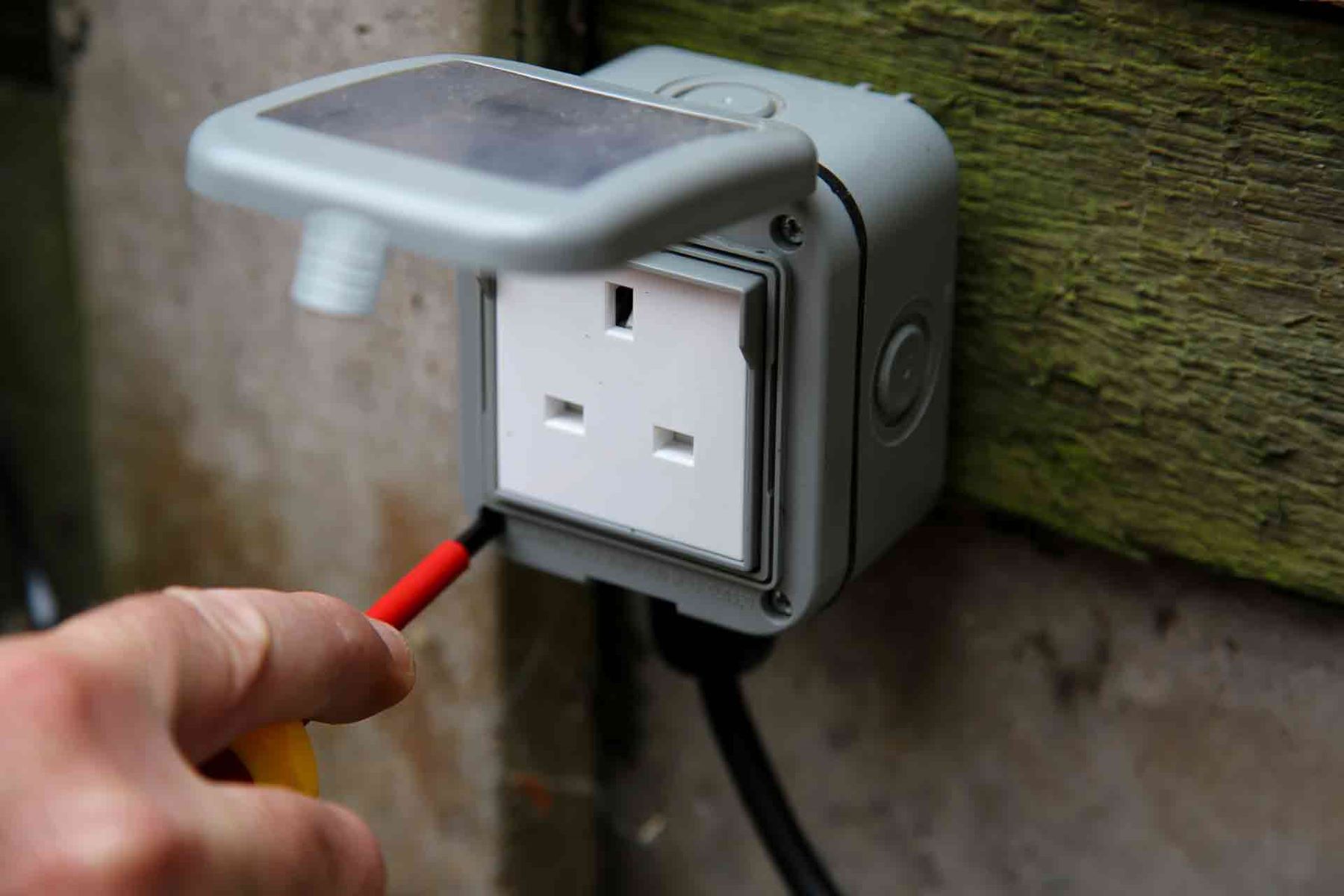
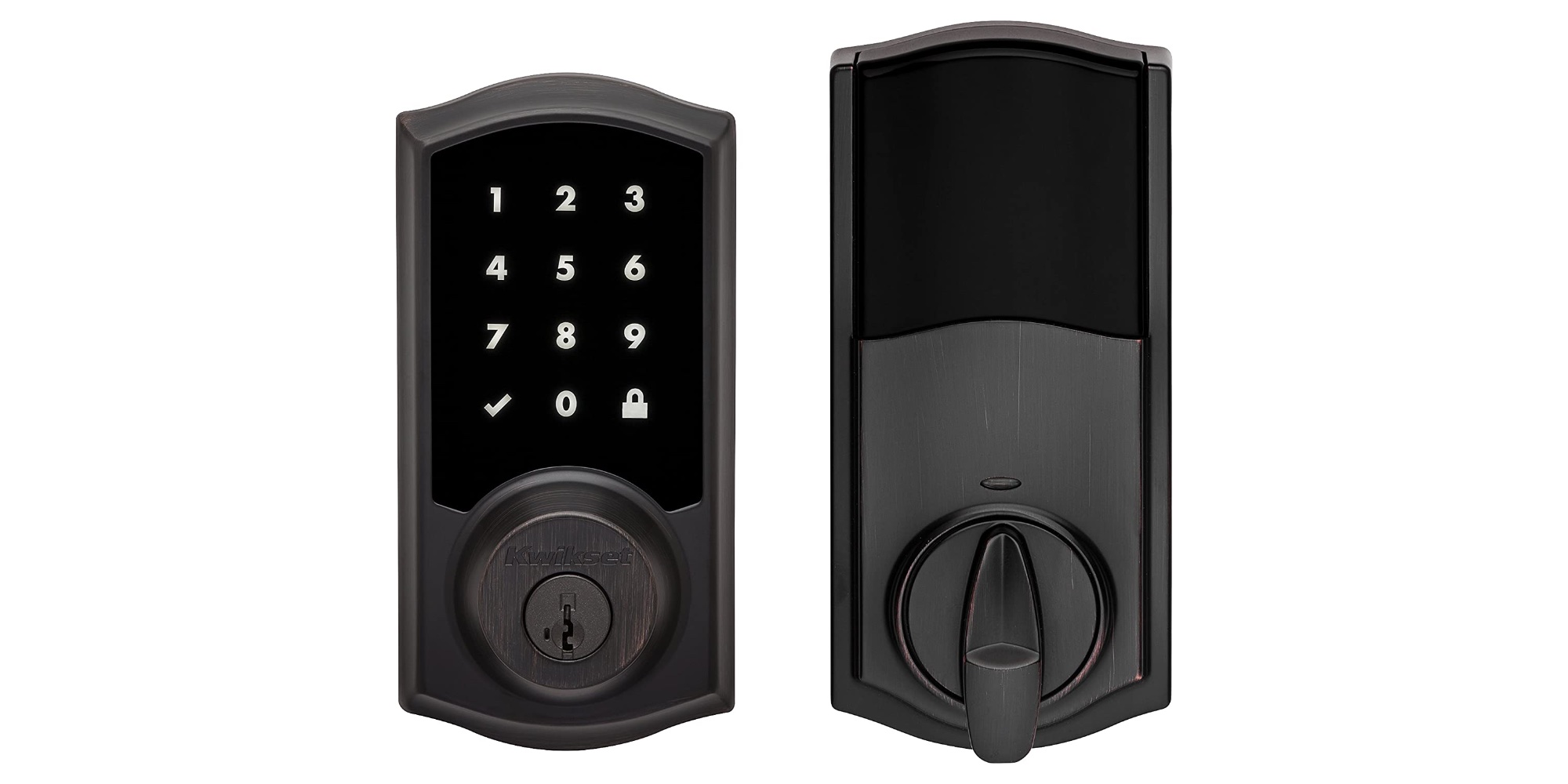
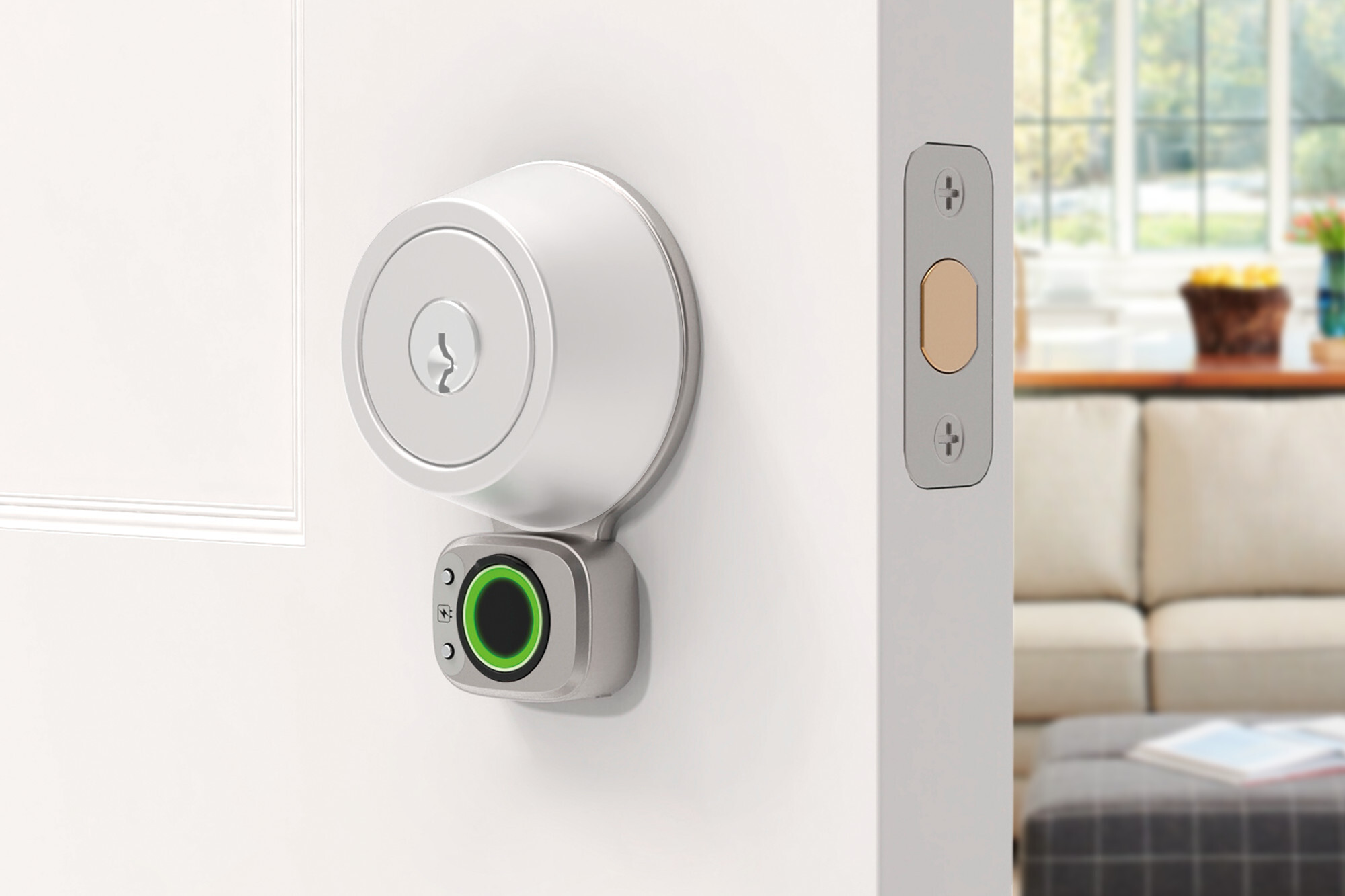
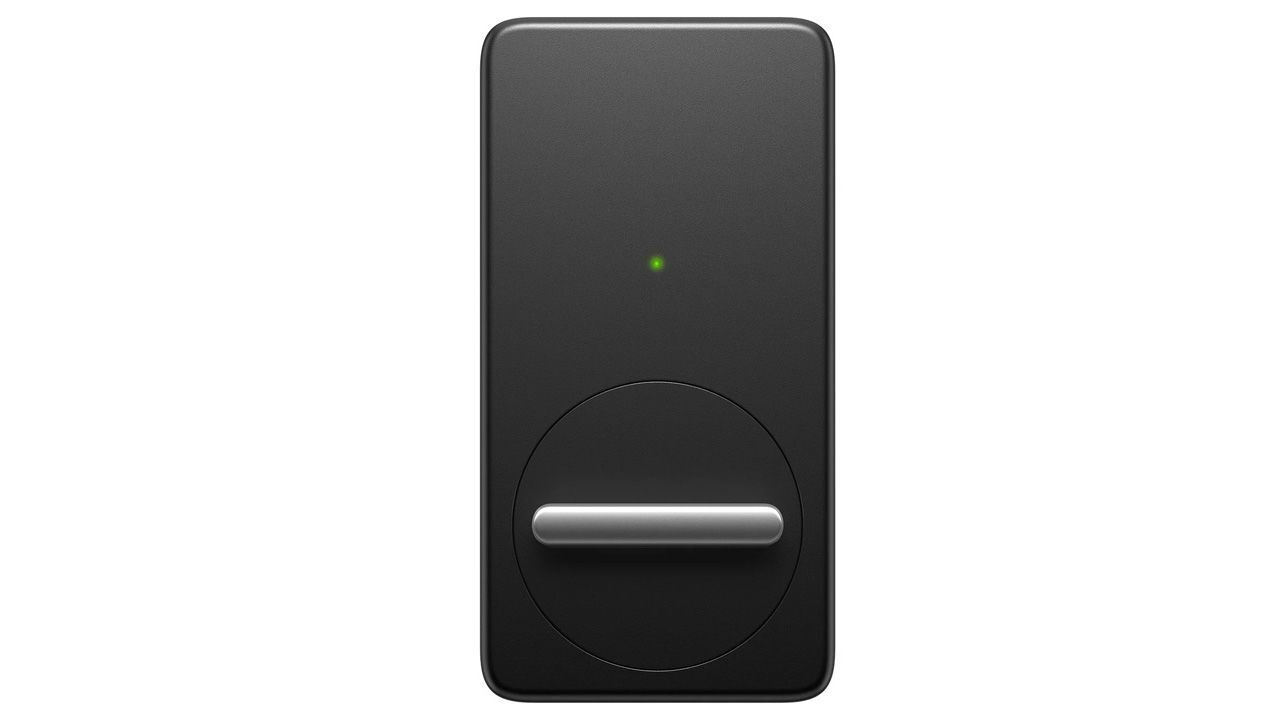
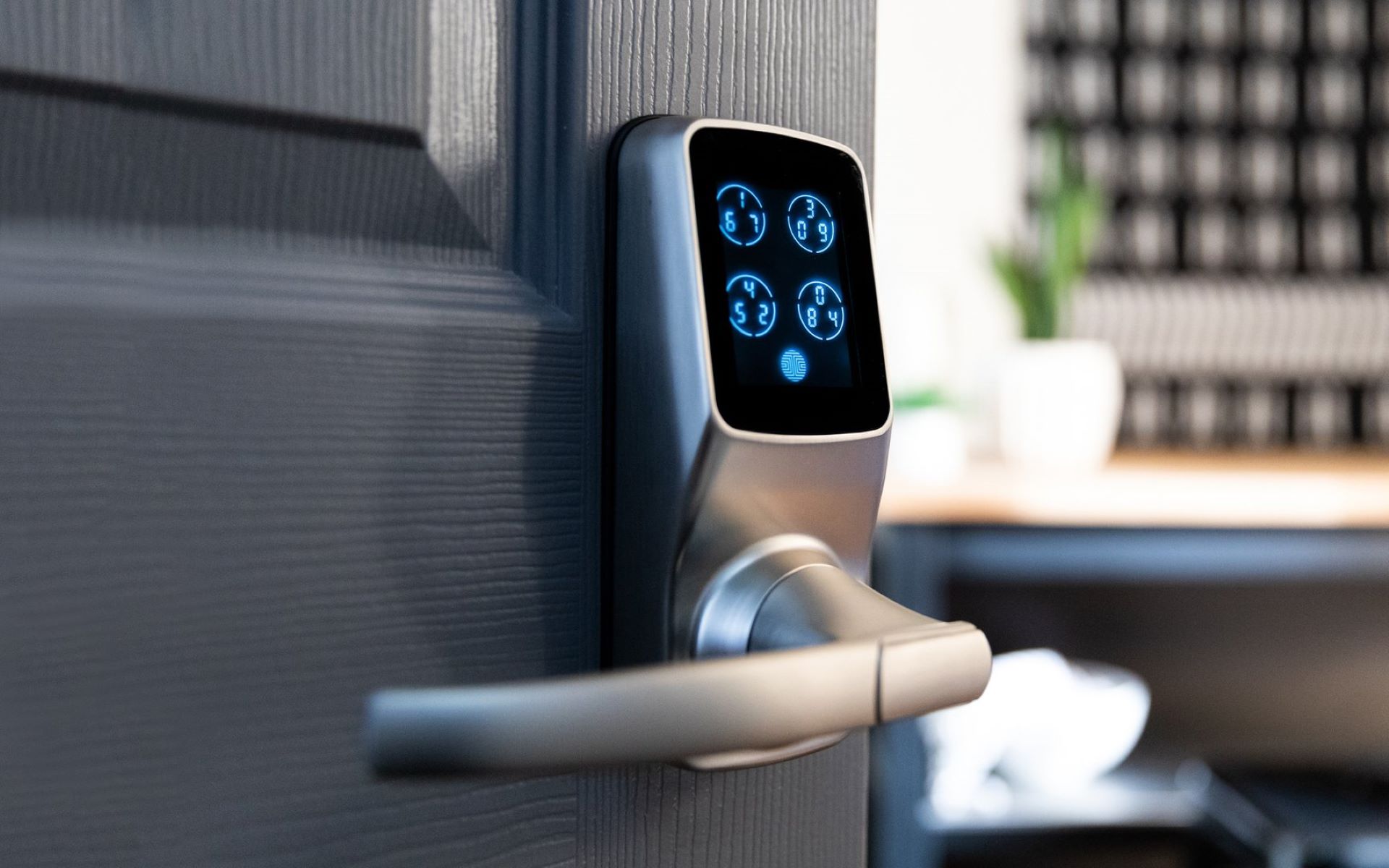
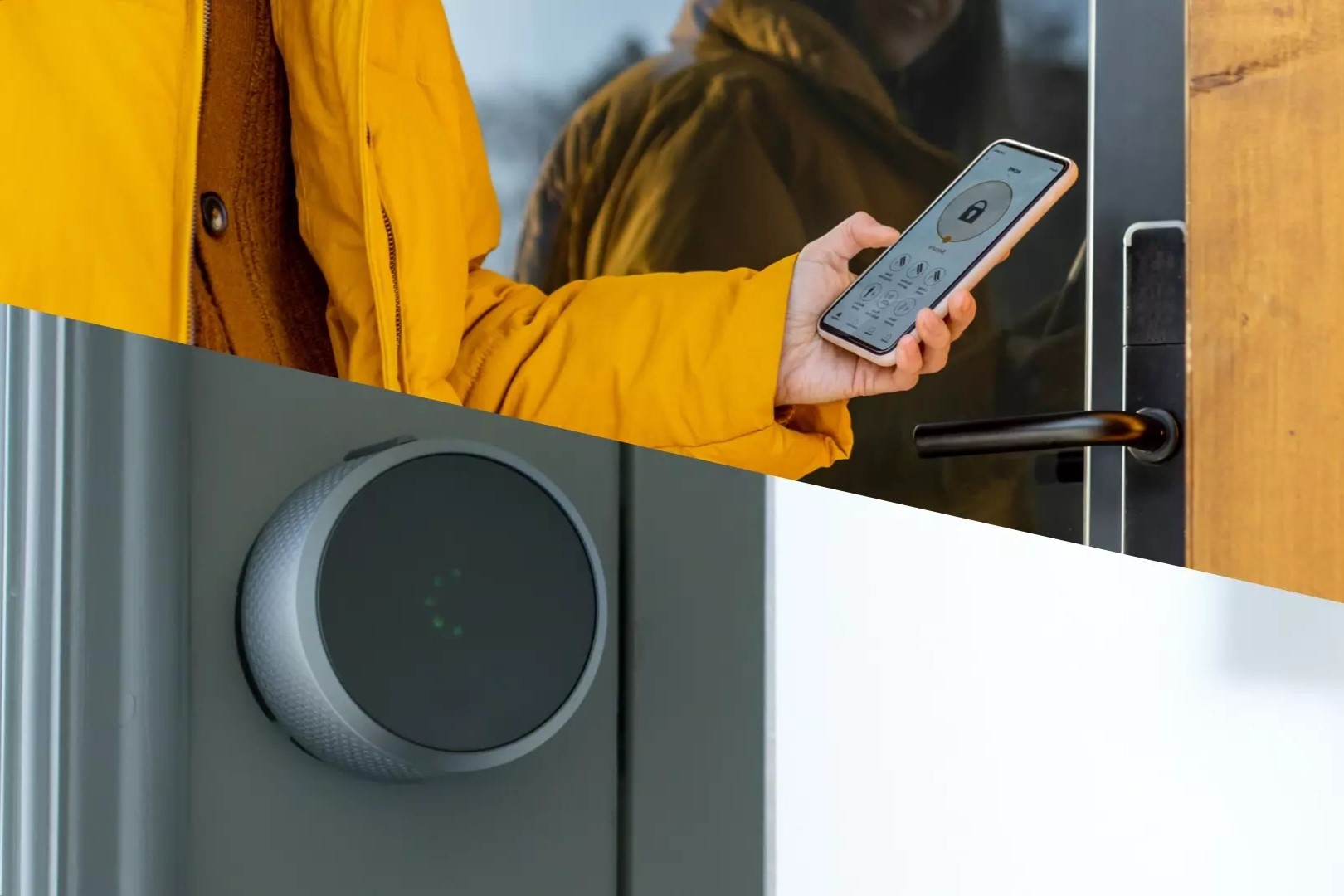
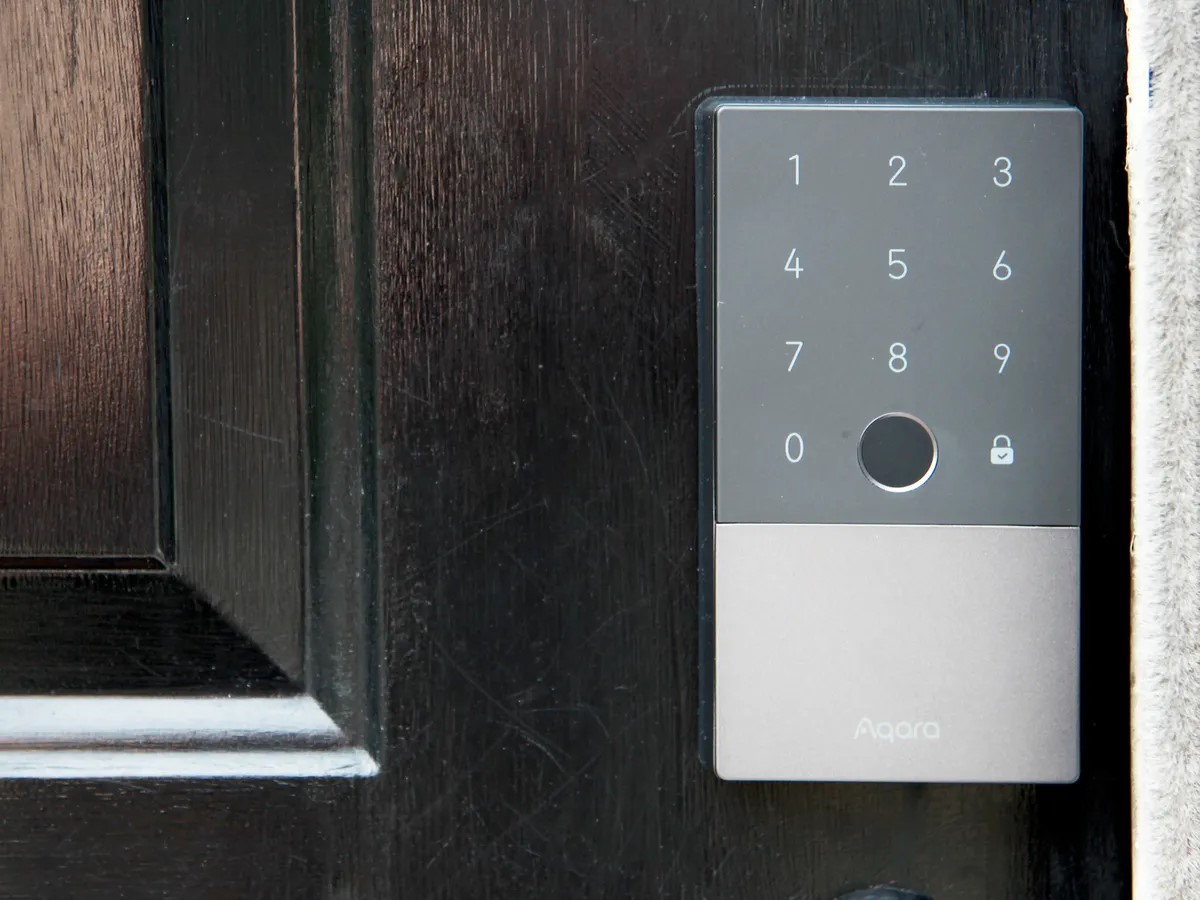
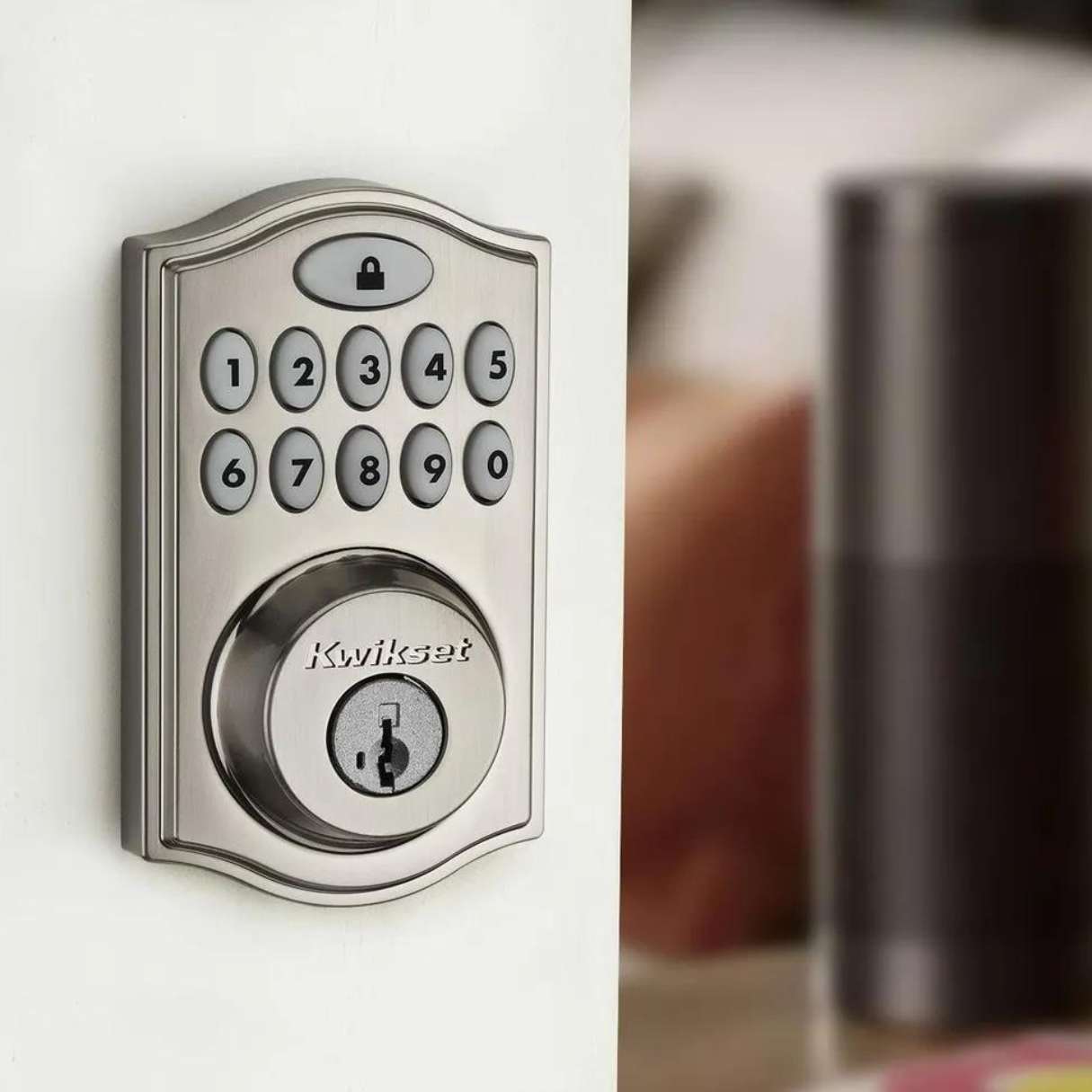

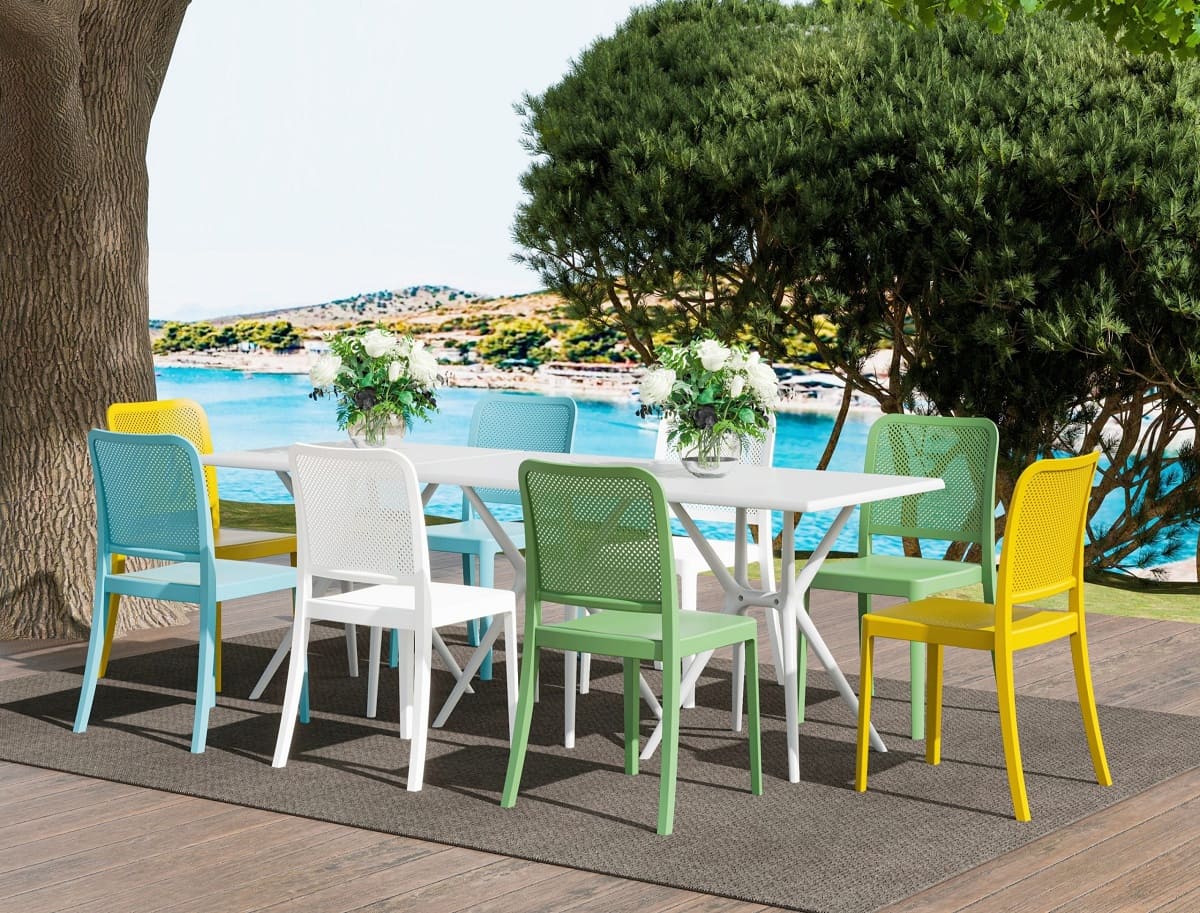
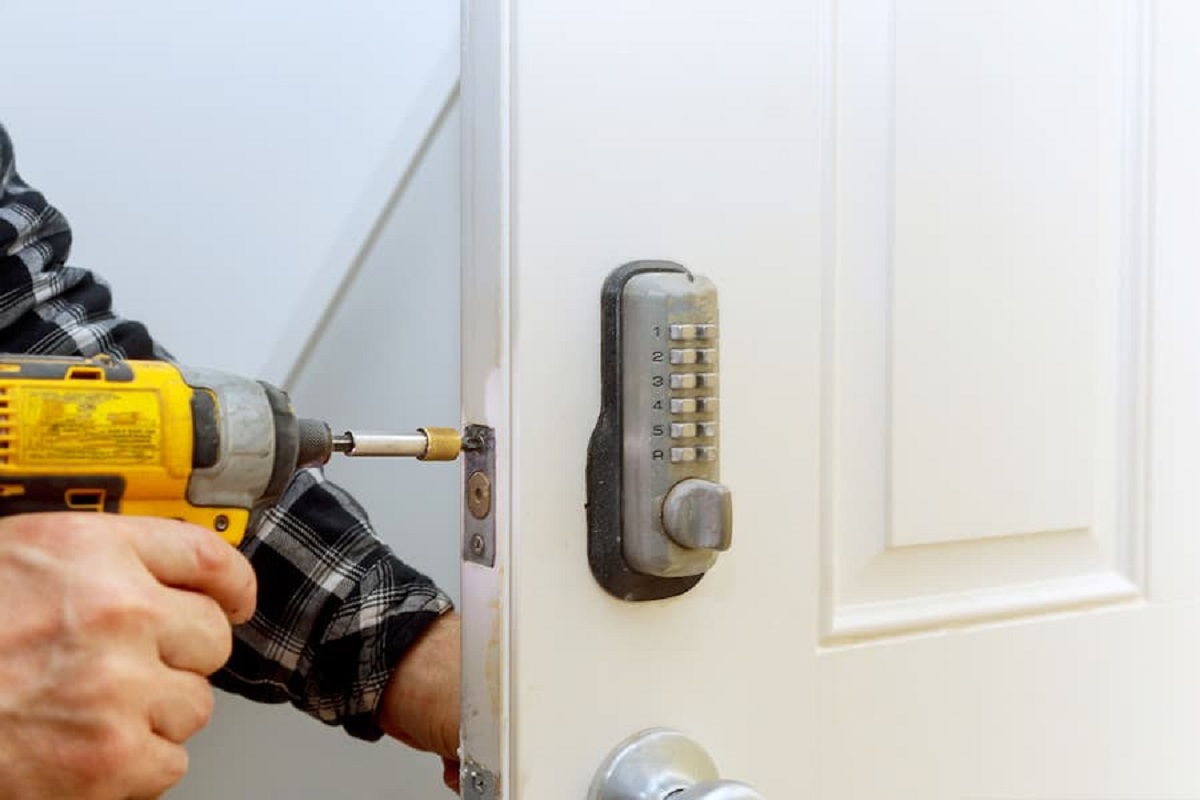
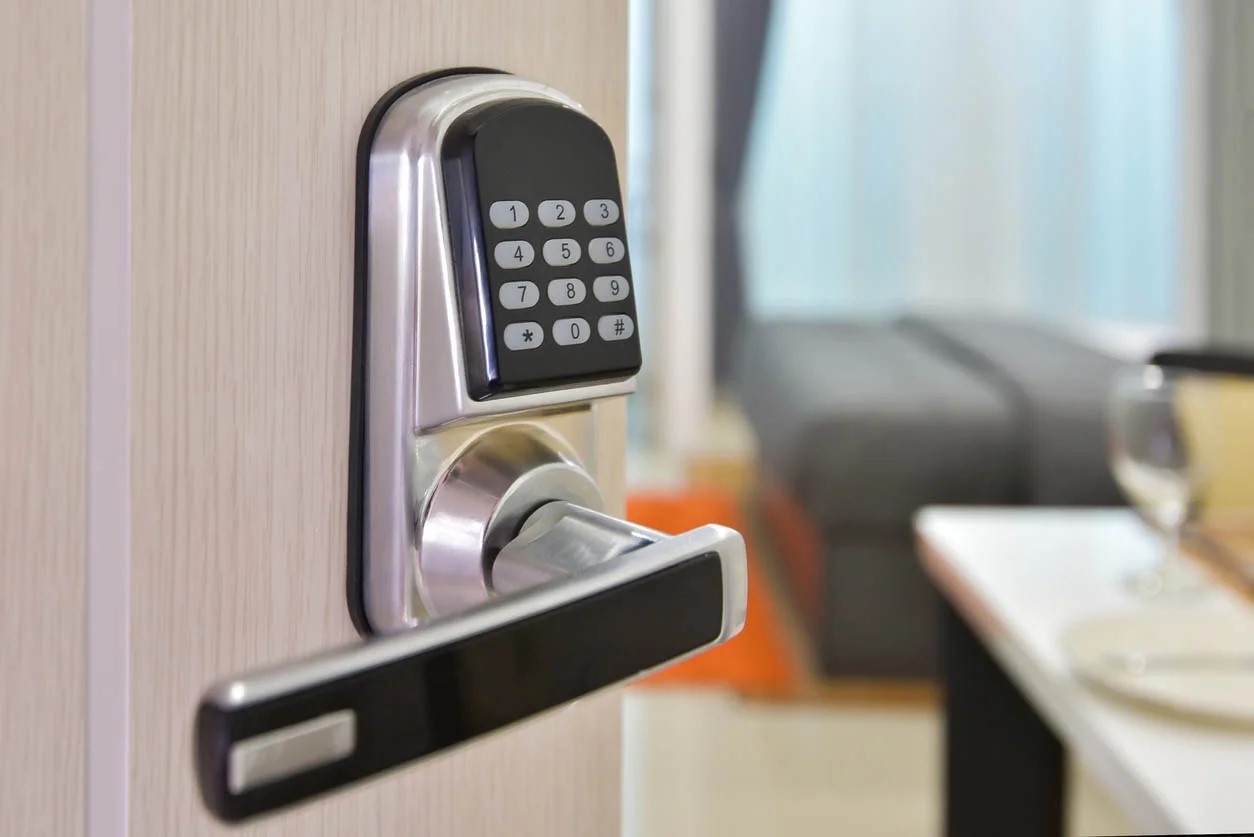

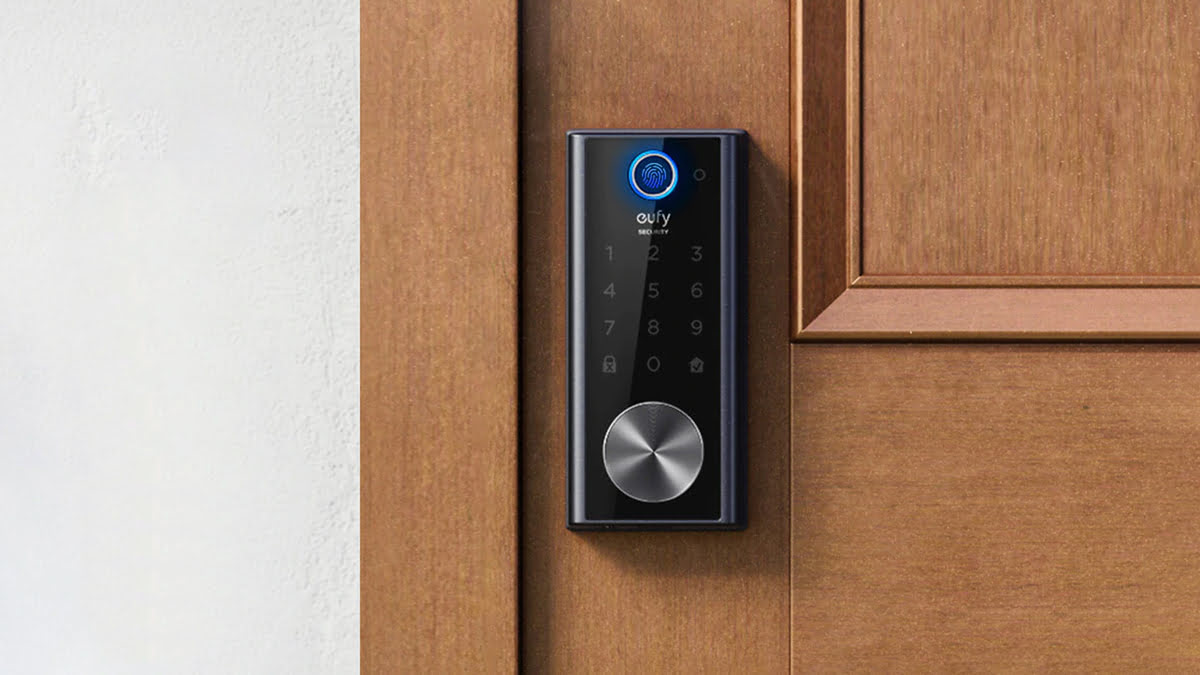

0 thoughts on “Smart Lock Touchscreen Keypad and Weather-Resistant Entry System”